The Physics of Leap Day
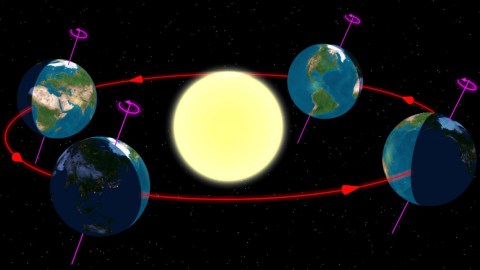
What’s the science behind the need to add an extra day to the calendar every so often?
“Will you or won’t you? Should you or shouldn’t you? Use this day to do something daring, extraordinary and unlike yourself.” -Vera Nazarian
Once approximately every four years, the elusive entity that occurred this past Monday — February 29th — comes along. The historical origins and urban legends associated with it are incredibly interesting, but the reason there’s any such thing as Leap Day at all is because of the physics of planet Earth. The Earth, of course, is rotating on its axis while simultaneously revolving around the Sun. That rotation is responsible for sunrise, sunset, moonrise, moonset, the Coriolis effect, and the rotation of all the stars in the night sky about the poles. Revolution, on the other hand, is responsible for the seasons; when your hemisphere tilted away from the Sun, that’s when you have your winter (and minimum daylight), and when your hemisphere is tilted towards the Sun, that’s when you have your luminous summer.
And you probably learned that a day is 24 hours, due to the rotation, while a year is 365 days (with an occasional 366 for leap years), taking care of the revolution. It turns out it’s a little more complicated than that!
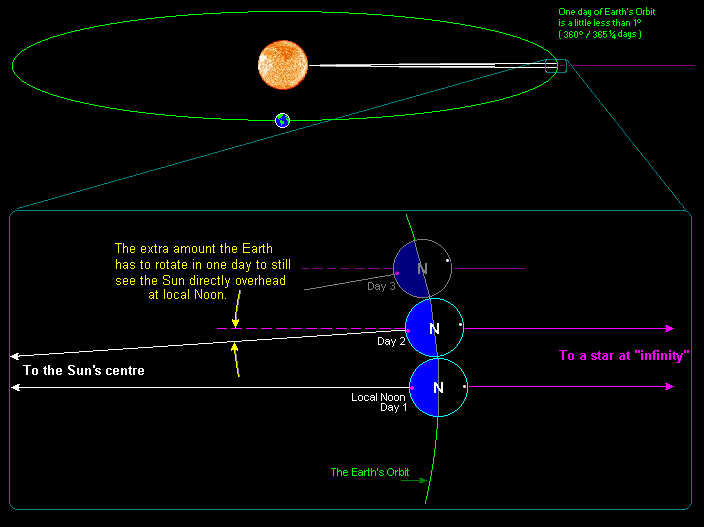
The Earth completes a full rotation in less than 24 hours: 23 hours, 56 minutes and 4.09 seconds, to be more precise. In other words, what we think of as a day is not a 360 degree rotation of our planet, it requires a little more! Even though we’ve spun around a full 360 degrees, we’ve progressed just a little bit in our orbit around the Sun. If we insisted on using the 23:56:04.09 figure as our day, the Sun would be out at midnight for half the year! To fix the motion of the Earth around the Sun, we need those extra 3 minutes and 56 seconds to orient ourselves correctly. That takes care of what a day is, but what about a year? A revolution — for the Earth to return to the same position with respect to the Sun — might be an interesting astronomical thing to mark, it isn’t a useful definition for a year on Earth.
In order for the Earth to achieve the same seasonal position in its orbit around the Sun — and trust me, if you live on Earth, you’ll want to mark your calendars by the seasons — you’ll need for the Earth to be oriented the exact same way with respect to the Sun as it was exactly one revolution ago. We could do this from winter solstice to winter solstice, when the Earth’s north pole (for me) points maximally away from the Sun, or any other arbitrary point in its orbit. This way of measuring the year, known as the tropical year, is actually a little shorter than the astronomical measurement of a year we might be tempted to make.
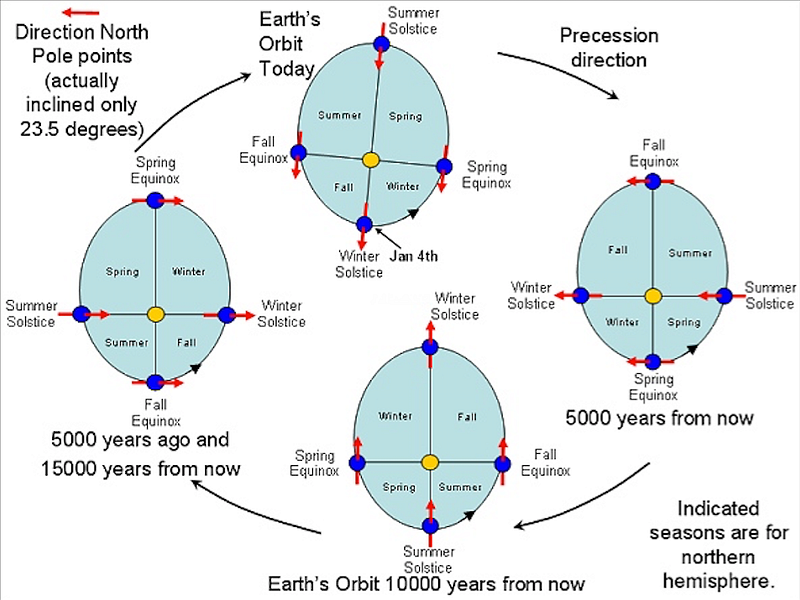
Because the Earth only needs to revolve slightly less than 360 degrees around the Sun to make one tropical year. The difference is tiny — 359.986 degrees instead of 360 — but enough to make the tropical year about 20 minutes shorter than the sidereal (or astronomical) year. This difference is known as precession, and it explains why the pole star in the night sky appears to change very slowly over a period of about 26,000 years. (25,771 years, for the sticklers.)
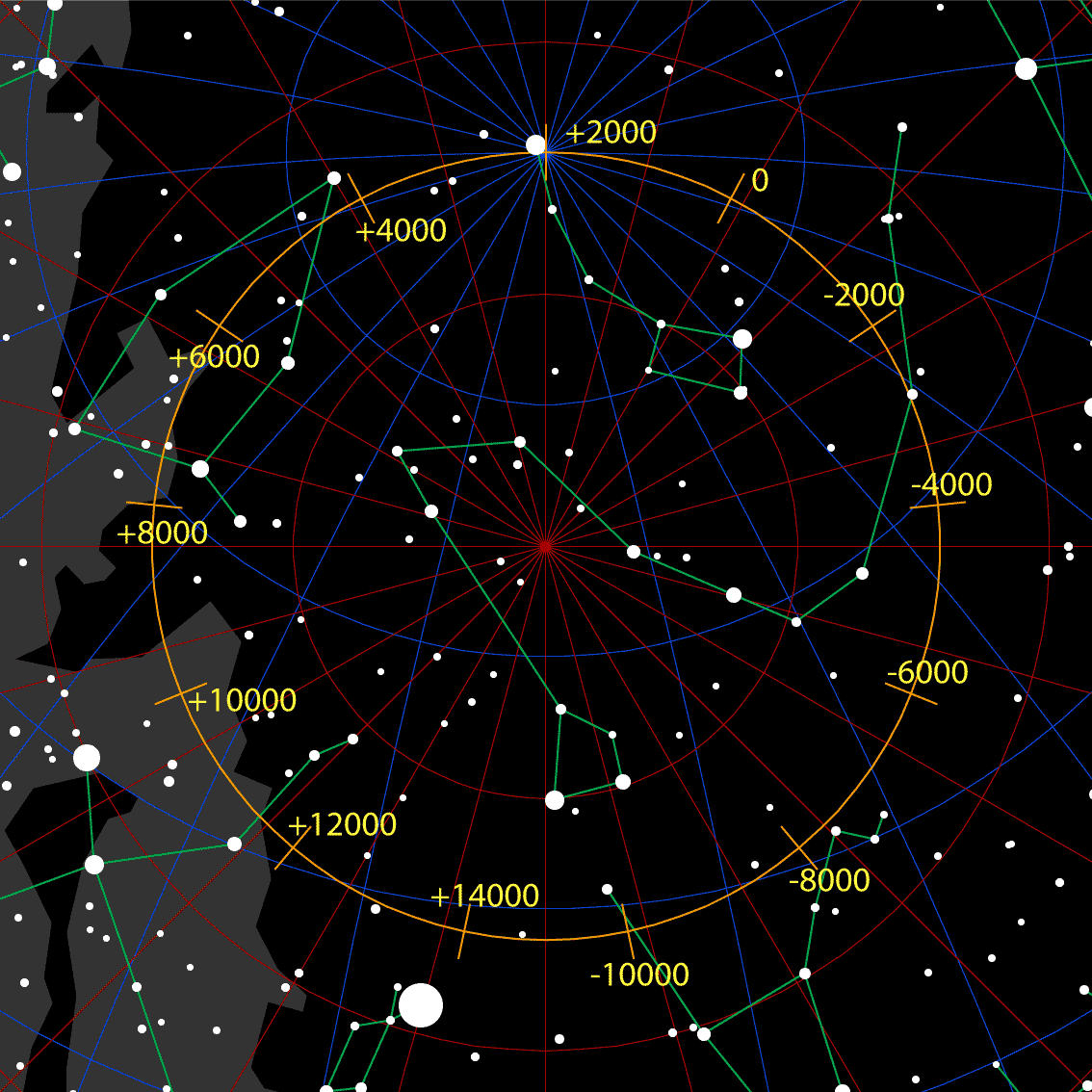
Combine all three of those effects together — rotation, revolution, and precession — and you can answer the question of how many days will it take the Earth to make a tropical year?
The answer, as precisely as we can figure for 2016, is 365.242188931 days. If we just had 365 days in the year every year, we’d be off by nearly a month every century, which is pretty lousy. Putting in a leap year (with an extra day) every 4th year gets us closer, giving us 365.25 days in a year. (This was how we kept time with the Julian Calendar, which we followed for 1,600 years!) Still, this difference was significant enough that, by 1582, we had put in 10 too many days. For this reason, October 5th through October 14th of 1582 never existed in Italy, Poland, Spain and Portugal, with other countries skipping 10 days at a later date. The Gregorian calendar, which we now follow, is exactly the same as the Julian calendar, except instead of having a leap year if your year is divisible by 4 (as 2012 is), you don’t get a leap year on the turn-of-the-century unless your year is also divisible by 400! So even though 2,000 was a leap year, 1,900 wasn’t and 2,100 won’t be, but 2,400 will be again. When did your country make the switch?
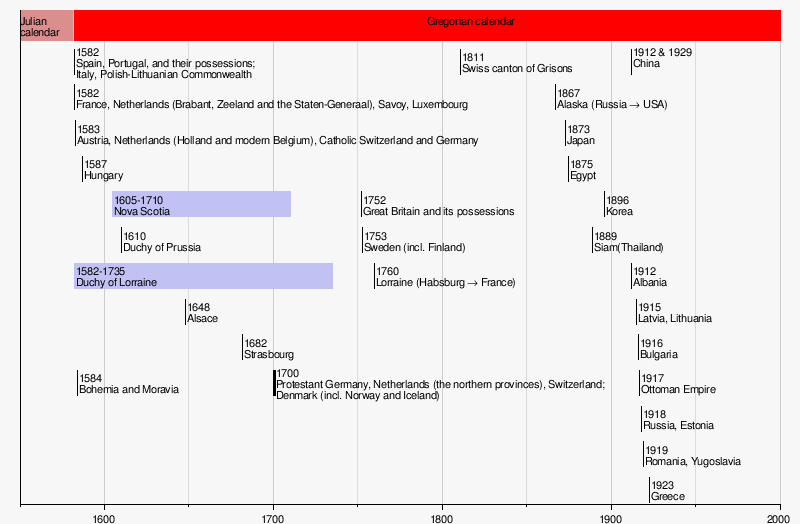
The adoption of the Gregorian calendar gives us a calendar of with — over time — 365.2425 days in the year. In comparison with the present, actual figure of 365.242188931 days, it will take over 3,200 years for us to be off by a single day, which is certainly good enough for a little while. But if we want to be planning for the long term, we shouldn’t simply be thinking about this difference. We should be thinking about the fact that the Earth’s rotation rate is changing, and over long enough amounts of time, so should our definition of what a “day” is!
What am I talking about? Two things happen that change the Earth’s rotation rate, and they push the day in opposite directions.
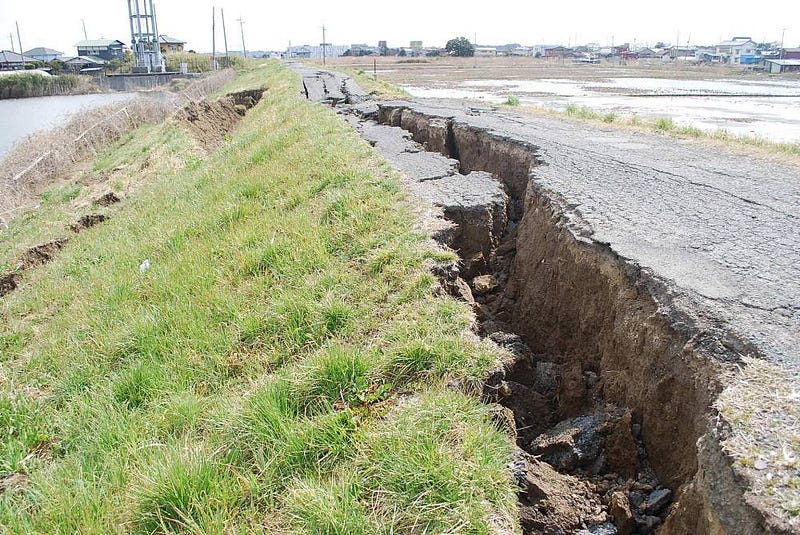
Every time we have an earthquake, that’s mass inside the Earth rearranging itself so that — by the conservation of angular momentum — its rotation speeds up a little bit. For instance, last year’s Japanese earthquake shortened the day by 1.8 microseconds, and the 9.1 Sumatra earthquake in 2004 shortened the day by 6.8 microseconds. On the other hand, there are two bodies out there with large gravitational effects on the Earth!
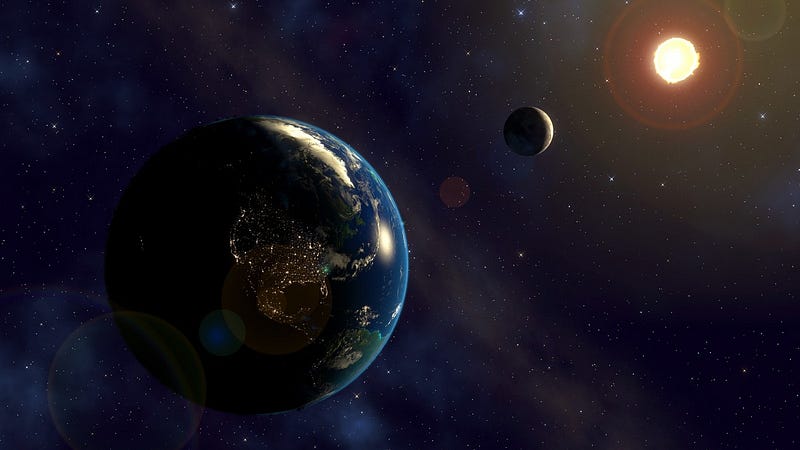
The Sun and the Moon both exert gravitational pulls on the Earth, all while the Earth itself rotates. If the Earth were just a point in space, this wouldn’t matter; the Earth would make its elliptical orbit around the Sun, the Earth-Moon system would orbit their center of mass, and nothing would change. But because the Earth is a sphere, both the Sun and the Moon exert greatergravitational pulls on the side of Earth that’s closer to them than on the side that’s farther away. Throw in the Earth’s rotation, and you not only get tides, you also get tidal braking, which causes the Earth’s rotation to slow down!
The slow-down is small but pretty consistent, at an average of 14 microseconds per year, a much larger effect than the speedup due to earthquakes. And over geological times, this really adds up! If we go back to the daily patterns left in the soil from the tides — known as tidal rhythmites — we can calculate what the period of Earth’s rotation was from it.
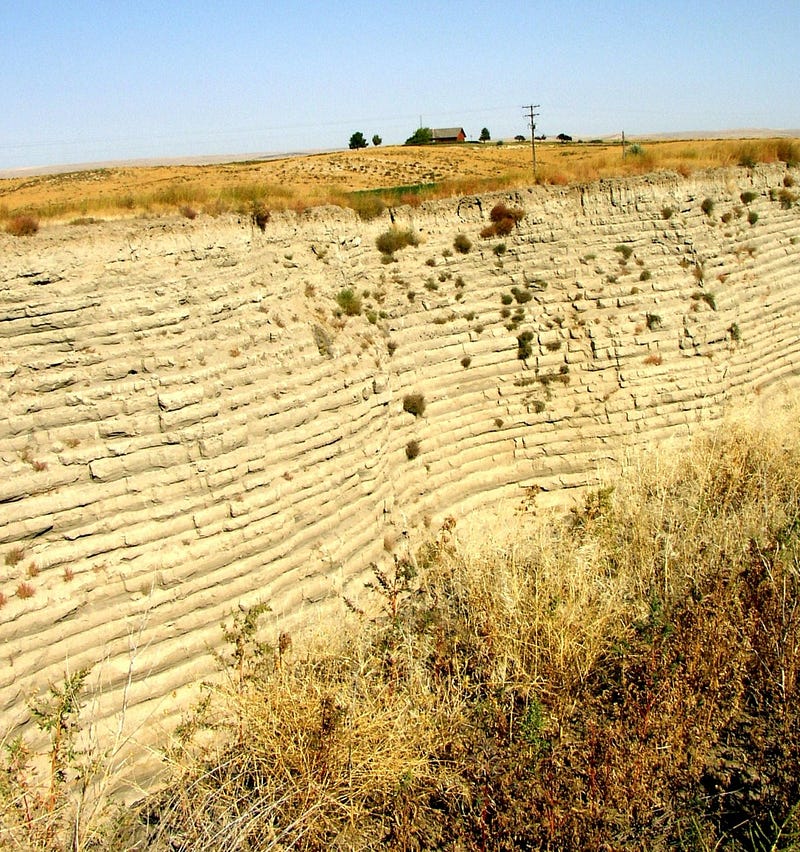
If we look at the most ancient one we know of on Earth, from 620 million years ago, we find that a day back then was a little under 22 hours long! If you extrapolate this tidal braking back to when the Earth was first formed, 4.5 billion years ago, you’ll find that a day was originally only around 23,000 seconds, or six-and-a-half hours!
The best part about this is that the Earth continues to slow down! Every 18 months or so, because of the difference between 86,400 seconds and an actual day, we add an extra leap second to our clocks (for now). Wait around for around four million years or so, and the day will lengthen by about 56 seconds, enough that we won’t even want leap year anymore; a year will haveexactly 365 Earth days! This slowdown will continue as time goes on, even after the Sun turns into a red giant, followed by a planetary nebula/white dwarf combination. Assuming the Earth-Moon system survives, then in about 50 billion years, a day on Earth will have lengthened to approximately 47 of our present days, and the Moon will be pushed out so that it has an orbital period to match that. Just like Pluto and Charon are mutually tidally locked, where the same sides of both worlds always face one another, so will our Earth and Moon.
So appreciate this leap day and our attention to detail to getting the Earth’s seasons to remain constant from year-to-year, but also be aware that our Earth, however imperceptibly, means that these leap days, too, shall pass.
This post first appeared at Forbes. Leave your comments on our forum, check out our first book: Beyond The Galaxy, and support our Patreon campaign!





